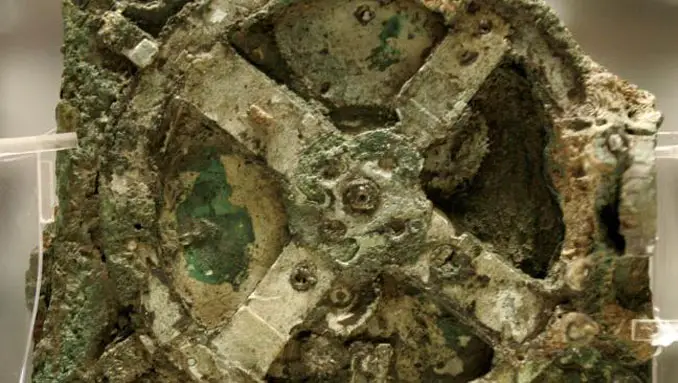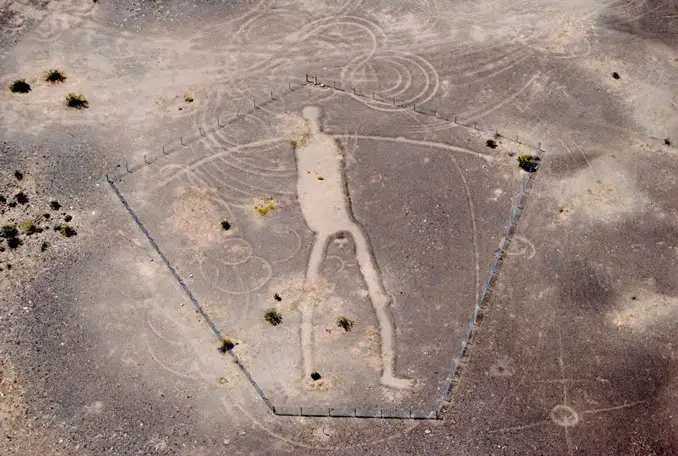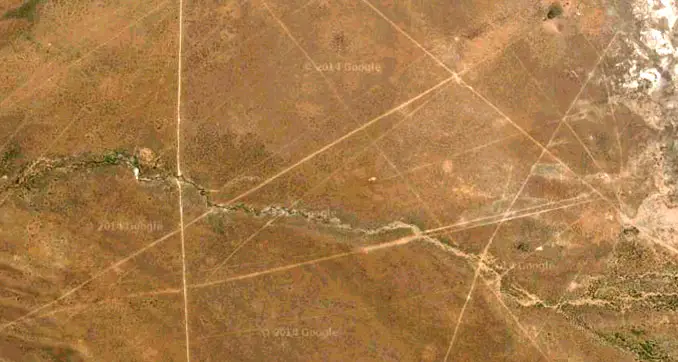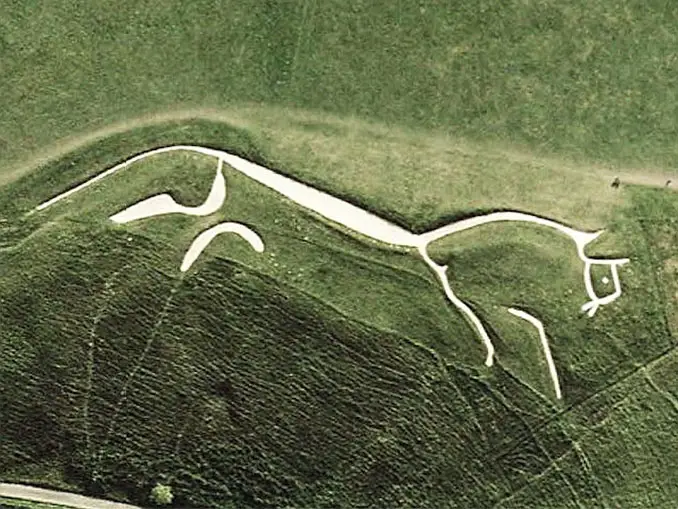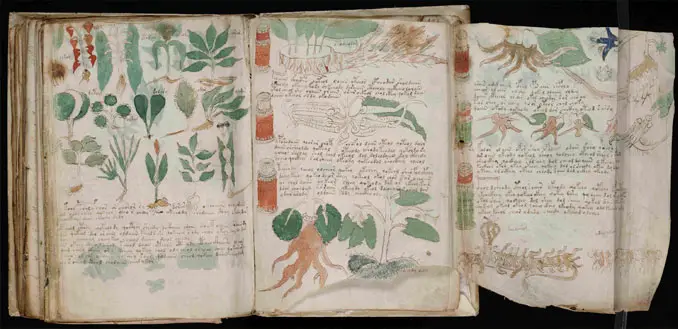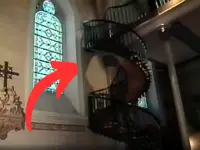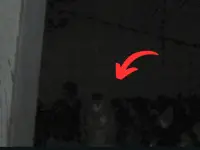From mysterious underwater temples to a book written in an unknown language we take a look at 10 unexplainable mysteries from the past.
[embedyt] https://www.youtube.com/watch?v=-S2A99LgZPM[/embedyt]
10. The Antikythera Mechanism
First discovered in 1900, the Antikythera mechanism is the world’s first known analog computer. Comprising of at least 30 bronze gears this ancient gadget is believed to have been built as far back as 205 BC. This complex device was found in a small wooden box recovered from the Antikythera shipwreck off the Greek Islands and was designed to predict astronomical positions and solar eclipses. Technology this sophisticated did not re-appear until the advent of mechanical clocks in Europe some 1500 years later.
9. The Blythe Geoglyphs
First discovered by non-American natives in the 1930’s, the Blythe Geoglyphs are a series of giant figures carved into the ground in the Colorado Desert, California. The largest carving is of a humanoid and measures 52 metres (171 feet) in length. Establishing an age for the carvings has proved difficult with experts suggesting that the images were likely created sometime between 900 BCE and 1200 CE. Nearby, another geoglyph site known as The Topock Maze consists of a series of parallel lines built of stone covers a space of 73 000 m2 (18 acres). American ethnologist, Edward Curtis, believed that the ‘maze’ was spiritually significant to the native people of the area and was used by the Mohave Indians to lure and trap evil spirits.
8. The Sajama Lines
The Sajama Lines located in Bolivia are a series of thousands of paths cut through the local landscape. Remarkably, these paths are almost perfectly straight despite being cut through varyingly harsh terrain. Covering an area of some 22 525 kilometres scientists believe these linear walkways were carved into the ground continuously for more than 3 000 years by the local peoples of the area. The longest individual paths are more than 20 kilometres in length and laid end to end, it is believed that all the paths would cover a distance of around 16 ooo kilometres which equates to about 3 times the width of the United States! Little is known of their purpose but some believe they may have marked sacred sites or had some sort of astronomical meaning.
7. The White Horse Of Uffington
Dating back to the Bronze Age (1000 -700 BC) The White Horse Of Uffington in Oxfordshire, England, measures an impressive 110 metres (374 feet) in length. The horse is best seen from the air and is made of crushed white chalk laid in several ditches which contrasts against the green hillside. Little is known about the origins or significance of this mysterious marking, leading to much speculation as to how the people of the area created this image some 3000 years ago.
6. The Voynich Manuscript
Written in the early 15th century the mysterious Voynich manuscript is a book written entirely in an unknown language. The text, which reads left to right is believed to have been written in Northern Italy during the Renaissance. While some pages are missing, the book still contains about 240 pages which include intricate drawings and sketches. Based on the images, the book appears to be divided into several sections or chapters about herbs, astronomy, biology, cosmology, pharmacology and recipes. The text has been studied by countless cryptologists including both British and American codebreakers from World War 1 and World War 2. To date no one has been able to decipher the mysterious secrets this book holds.
Continue Reading On Next Page:

